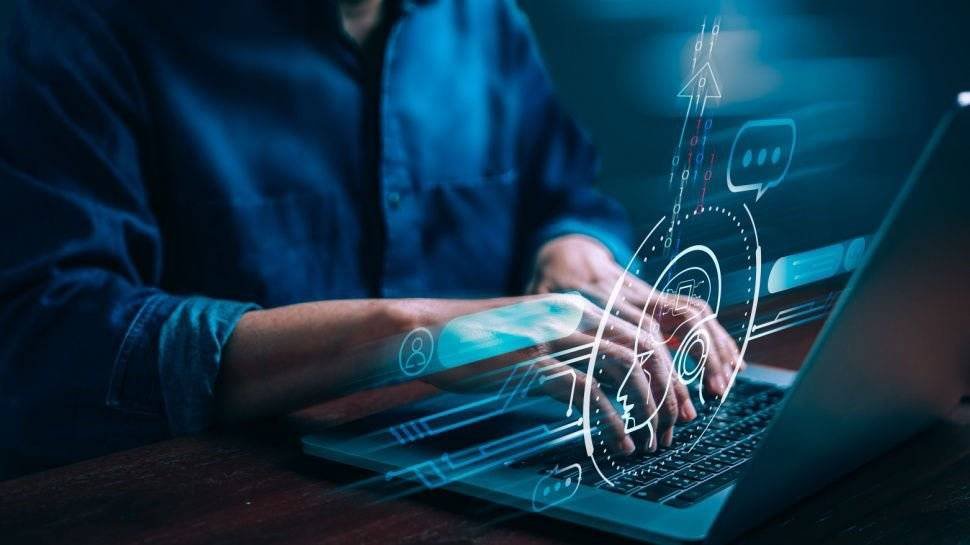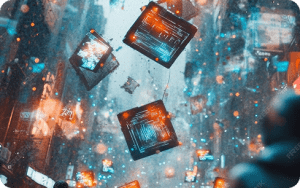By Howard Cleveland Jr of
H. Cleveland Sapphire Quill
Artificial intelligence has already made significant strides in various fields, enhancing our daily tasks through applications like Grammarly, which improves our writing clarity and tone. Similarly, in the visual arts, AI is revolutionizing the way artists and designers create, offering compelling visuals that range from stunning photorealistic images to imaginative and abstract pieces in mere seconds. Artists and designers are utilizing these tools to streamline their workflows, enabling them to focus more on the conceptual aspects of their work rather than being bogged down in the technical execution.
These advancements have made it possible for creators to quickly explore a myriad of styles and compositions, experimenting with ideas that might have taken days or even weeks to achieve through traditional means. For instance, an illustrator can generate multiple iterations of a character design with a few prompts, instantly visualizing how different colors, shapes, and features play off each other. This not only enhances creativity but also fosters a sense of experimentation; artists feel more liberated to push boundaries without the fear of wasting time or resources.
In recent years, artificial intelligence (AI) has made waves across various industries, but perhaps one of the most exciting transformations is happening in the realm of writing and image creation. Imagine sitting down with a blank page, brimming with ideas but unsure where to begin. This is where AI steps in as not just a tool, but a collaborator who doesn’t just assist you in your tasks but inspires you to think creatively and push the boundaries of your imagination.
For authors, AI offers a treasure trove of possibilities. Think of it as having a brainstorming partner always ready to bounce around ideas or help you navigate moments of writer’s block. It can analyze themes, suggest plot twists, or generate character profiles, all tailored to the voice and tone you’ve developed. This innovative assistance can turn the daunting task of getting started into an invigorating exploration, breathing new life into your storytelling process.
On the creative side, illustrators are finding AI to be a game changer as well. Picture a busy artist, juggling multiple projects with tight deadlines. The introduction of AI-generated imagery means that instead of pouring over drafts and revisions for hours, they can generate a striking visual in mere moments, allowing for time-consuming tasks to be.
The Evolution of Image Creation for Books
Not long ago, the process of creating images for books was both time-consuming and labor-intensive. Illustrators would spend countless hours sketching, painting, or digitally rendering visuals to perfectly complement the narrative. The creative process often involved multiple revisions, detailed discussions, and significant hands-on effort to achieve the desired result. A single illustration could take days or even weeks to finalize, especially for intricate books that required a series of images to tell a cohesive story.
Enter AI: A Game Changer for Visual Arts
With the advent of AI technologies, the landscape of image creation has dramatically shifted. AI-powered tools can now generate compelling visuals that range from stunning photorealistic images to imaginative and abstract pieces, often in mere seconds. Artists and designers are utilizing these tools to streamline their workflows, enabling them to focus more on the conceptual aspects of their work rather than being bogged down in the technical execution.
These advancements have made it possible for creators to quickly explore a myriad of styles and compositions, experimenting with ideas that might have taken days or even weeks to achieve through traditional means. For instance, an illustrator can generate multiple iterations of a character design with a few prompts, instantly visualizing how different colors, shapes, and features play off each other. This not only enhances creativity but also fosters a sense of experimentation; artists feel more liberated to push boundaries without the fear of wasting time or resources.
Moreover, AI tools are transforming the collaboration aspect of visual arts. They allow artists, designers, and clients to engage in a more dynamic dialogue. A client can specify their vision, and the AI can provide a variety of interpretations, making it easier for artists to align with client expectations while still adding their unique flair. This synergistic relationship can lead to more innovative projects that combine the best of human creativity and technological prowess.




